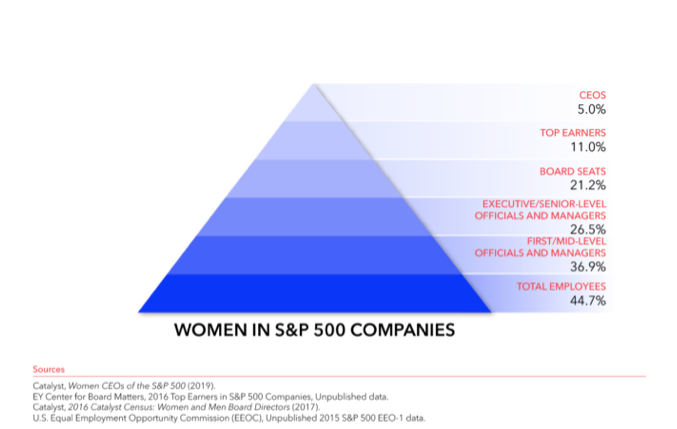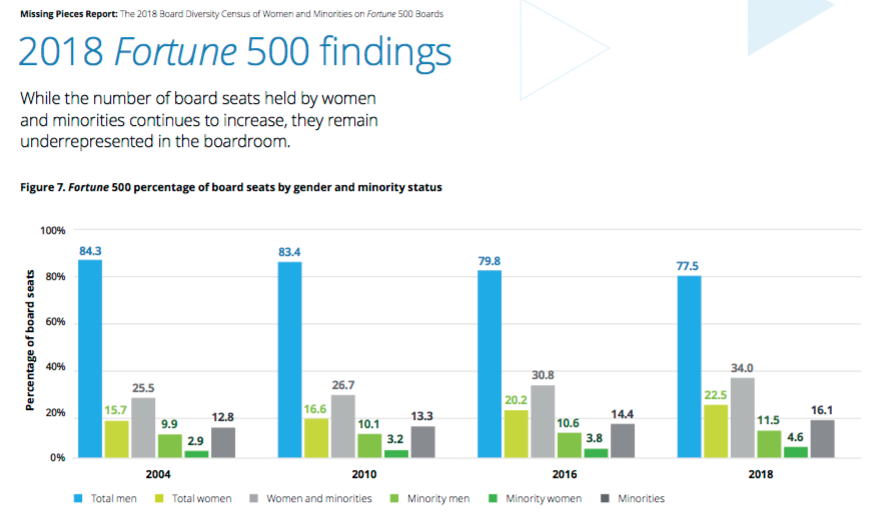By Saswat Pattanayak
According to the latest data released by Catalyst on May 1 this year, whereas in the top S&P 500 companies, women comprise almost 44.7% of the workforce, only 5% of women hold any position equivalent to that of a CEO. Likewise, 89% of top earners in the corporations happen to be men.
Among the women, women of color are posited to emerge as the majority in the US labor force, by 2060. Whereas there will be 33.2% increase of Hispanic women in the labor force, Asian women will increase by 28.1%, Black women will increase by 10.8%, and white women will increase by 5%.
Despite the larger projected contribution in the workforce, the wage gap continues to haunt women of color. For every dollar the white, non-Hispanic men earn, Asian women earn 85 cents, Black women earn 61 cents, and Latinas earn only 53 cents.
Likewise, women of color represent almost half of the low-wage workforce – with Latinas comprising 24%, Black women 18%, and Asian women 7%.
Whereas women of color comprise significant portion of low-wage workforce, they continue to remain underrepresented in leadership positions – only 5% of executive and senior-level officials and managers in the S&P 500 companies.
In a related report titled, ‘Missing Pieces Report: The 2018 Board Diversity Census of Women and Minorities on Fortune 500 Boards”, the findings are equally startling. Only 4.6% of board seats are used by minority women, only 11.5% of board seats by minority men, 17.9% of board seats are occupied by white women whereas white men take up 66% of all board seats.
There has been a steady progress, albeit slow. In 2004, 84.3% of all board members used to be men. In 2018, there are 77.5% of men in the boardrooms. Likewise only 12.8% of minorities in 2004 contrasts with 16.1% of minorities in 2018.
In terms of actual board seats gains, white women gained 124 seats between 2016 and 2018, followed by Black women who gained 32 seats, black men who gained 26 seats, Asian men gained 25 seats, Latino men gained 21 seats, Asian women gained 17 seats, and Latina women gained only 4 seats.
The most diversified company among Fortune 500 boards is Wells Fargo – where out of 19 directors, they have 7 women. But whereas 13 out of 19 board members are White, they have only 3 Latinos, 2 Blacks, and 1 Asian member.
According to the Missing Pieces Report –
“In 2017, the $294 billion California Public Employees’ Retirement System sent letters to 504 companies in the Russell 3000 Index regarding diversity on their board of directors. The letters outlined the growing evidence that board diversity has a positive economic impact on business performance. In 2018, BlackRock, one of the world’s biggest asset managers, sent letters to companies in the Russell 1000 Index with fewer than two women on their boards asking them to explain their lack of progress. Most recently, the California state legislature passed SB 826, which will impose gender diversity quotas on all public corporations whose principal executive o ces are located within the state.”
Additional Readings/Sources:
Alliance for Board Diversity Report
Catalyst Pyramid

